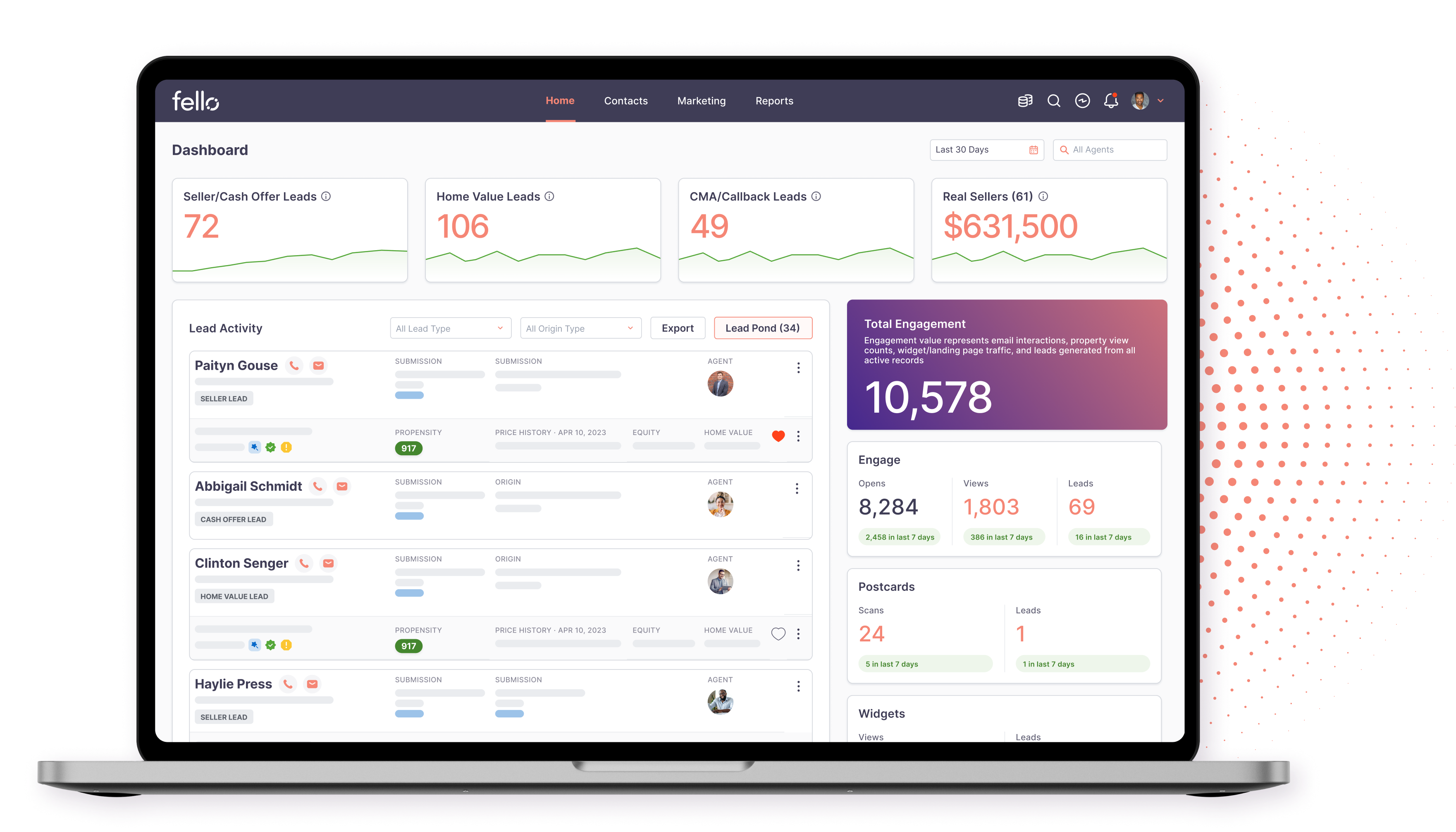Blog Post
How to Know if You're Really Ready to Sell Your Home

March 31, 2020 written by Tom Schrader, Chief Product Officer
Understanding the seasonal trends in the real estate market is a crucial first step in determining the best time to sell your home. But, the decision to move is often a personal one. It’s important to take other factors into account like your financial situation, the current condition of your home if you plan to make any improvements, and whether or not local market conditions are in your favor.
When is the best time to sell your home during the year?
Traditional wisdom has it that the best time to sell your house is in the spring when the weather warms up and buyers come out in force AND historically this is when most transactions occur and when homes sell the fastest. This is true in many markets. But seasonal trends differ from city to city, so you could benefit from a fall, summer, or even winter sale depending on the weather, competition from other sellers, and buyer behavior.
Homes also tend to sell faster in the spring and summer months. The median days on market, which represents the median number of days a home is actively listed on the market before an offer is accepted, tends to be significantly longer in the winter. The typical U.S. home took less than 60 days to sell in January 2019 compared to under 40 days in May
Homes not only usually sell faster in the spring and summer, they are also more likely to sell at or above the asking price. The seasonal pattern for the sale-to-list ratio—a percentage that compares a home’s final sale price to its list price—follows a similar seasonal pattern as the median days on market.
The best time regarding the market?
How can non-financially savvy people know when the market is ready?
Apart from seasonal trends, there are other market forces at work. You’ll often hear the real estate market described as either a “buyer’s market” or a “seller’s market” depending on how competitive it is to buy versus sell.
To determine the best time to sell, it’s important to understand if the conditions of the market where you’re selling a home and buying a home are working in your favor. For example, how fast are home prices appreciating in your neighborhood? How does that price growth compare to where you want to buy? Are homes selling quickly? Or has inventory started piling up with slower sales?
2019 was a relatively upbeat year for the economy. While many expected a recession, typically defined as two consecutive quarters where the economy shrinks instead of expands, we saw a slow, but steady increase in jobs and Gross Domestic Product (GDP) throughout the year.
Why does that matter? When the economy is expanding, more people have jobs, higher wages, and thus, more money to spend on things like houses.
The increases in employment, wages, and consumer spending are good news for the housing market as we enter 2020, but we can’t expect to see growth forever.
The Federal Reserve, wants to maximize employment and stabilize prices, all while keeping the US economy growing at a steady pace. One of the ways it does this is by controlling the Federal Funds rate.
The Federal Funds rate directly influences short-term interest rates, like the interest you’d pay on a credit card or a 1-3 year personal loan. When interest rates rise, people spend less and save more which slows inflation.
In 2019, inflation was stubbornly lower than what the Fed had targeted, so it lowered the Fed Funds rate to encourage more spending and investment.
So what do lower rates have to do with housing? Lower interest rates make it cheaper to borrow money, making home ownership more affordable and allowing more people to qualify for a mortgage.

Ready to start driving more seller leads on autopilot?

